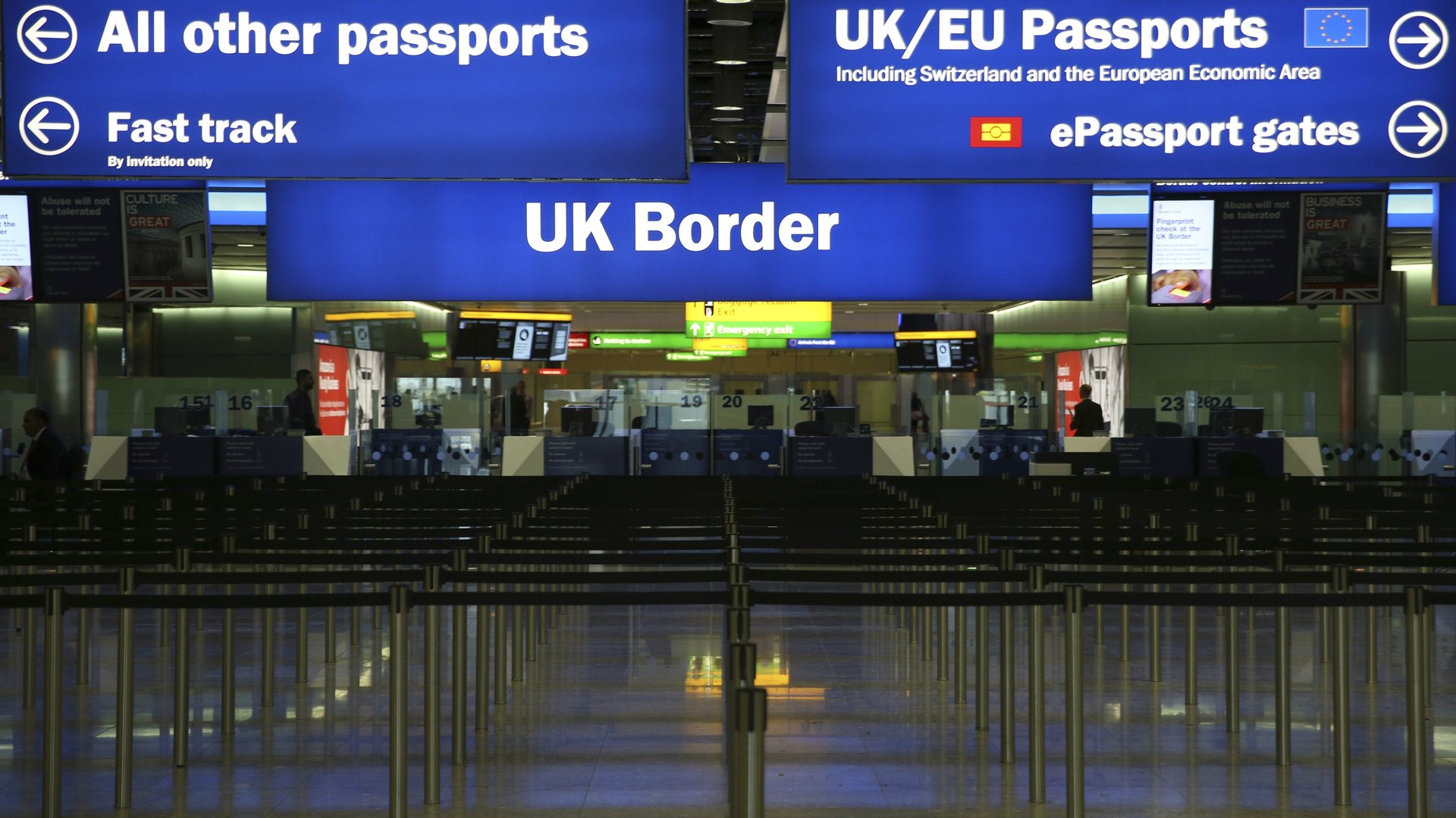Most migrants to the UK actually come from outside Europe
Will migration to the UK really spiral out of control if the country stays in the European Union? That’s the argument put forward by campaigners who want Britain to leave when the country goes to the polls on June 23.


Will migration to the UK really spiral out of control if the country stays in the European Union? That’s the argument put forward by campaigners who want Britain to leave when the country goes to the polls on June 23.
Currently, there is free movement across the 28 member states of the EU and anyone can work anywhere. The UK uses an Australian-style points-based system for non-EU migrants, which limits entry to migrants considered valuable to the economy; those with more in-demand skills end up getting more points toward their visa.
The levels of immigration to the UK have been a political issue for years. Leave campaigners are clinging to the notion that, to reverse the trend of growing net migration, Britain must leave the EU and introduce tighter controls on EU arrivals by applying the points system to them, too.
Their argument might stand up more if EU net migration exceeded non-EU net migration. But according to official statistics, it never has:
The UK actually takes in more people by choice—from places like India and the US—to work than are able to walk in of their own accord. British prime minister David Cameron has called the argument that leaving the EU is the best way to control immigration “madness.”
Net migration to the UK has been rising since the end of 2012, despite government targets to bring it down. There has also been a drop in people leaving the UK. That said, EU arrivals have increased in recent years—Oxford University’s Migration Observatory attributes this increase in arrivals to a mix of social and economic pull factors.
In the latest figures, the Office for National Statistics estimates that, of migrants whose main motivation was work, 60% were EU citizens.